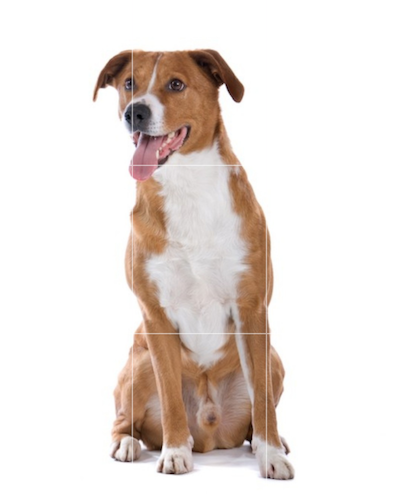
In his native country, he’s known as the Osterreichischer Kurzhaariger Pinscher, and in 1928 when it was first recognized, you would have called him Austrian Short-Haired Pinscher. These days, the breed’s official name is the Austrian Pinscher.
Most sources write that the breed is heavier version of the Standard Pinscher, the Austrian Pinscher resulted from matings between German Pinschers and ancient Austrian country pinschers still widespread in the 18th century. Nevertheless, dog skulls were found in 4,000 year old excavations by Lake Mond in Austria that are said to be identical to the Austrian Pinscher of today.
Professor Emil Hauck must have agreed. The well-known Austrian scientist and dog fancier was of the opinion that the Austrian Pinscher was the closest living relative of the ‘Canis Palustris’ (dog of the marshes), an ancient dog acknowledged as having existed by H.Vann Meyer in 1843. Determined to keep the breed going, Hauck used the details provided by Meyer and took it upon himself to create an Austrian Pinscher breeding program in the 1920s to include specimens that most closely resembled the ancient breed; in doing so, Hauck created a uniform breed through a systematic breeding program that would become known as the Austrian Pinscher. He succeeded well enough to the extent that at a Vienna exhibition in 1928, he displayed 57 Austrian Pinschers. The Australian Kennel Club recognized it as a separate breed in 1928 under the name Austrian Shorthaired Pinscher, “Austria” having been added to the breed name not only because it was the place of origin, but also because it differentiated the breed from the Rough Haired Pinscher. In 1929, the FCI accepted the breed.
Between the devastation of WWII, and a lack of interest in the sixties and seventies, only a few Austrian Pinschers were left by 1975. Dogs that survived happened to have lived in rural areas, and while some say that those that survived were not the same purebred animals participating in Emil Hauck’s breeding program, they were true enough to form and breed with known ‘purebred’ Austrian Pinschers to ensure the survival of the breed. In particular, a female named Diocles of Angern was touted as being the only purebred survivor in the 1970s that was capable of breeding, and some say that it was this bitch who ensured the continuity of the breed.
Today, there are Austrian Pinschers in Austria, Holland, Belgium, Germany and particularly in Denmark, where the breed through the last 10 years has made significant progress.
The Austrian Pinscher was recognized by the United Kennel Club in 2006, but the breed that was recognized by the Austrian Kynologenverband is still considered to be a rare breed.
Image: Deposit Photo
